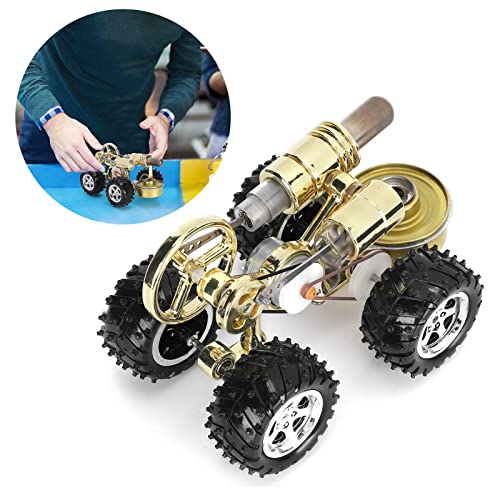solarenergyadventures
Active Member
- Joined
- Sep 20, 2012
- Messages
- 34
- Reaction score
- 15
I looked at the table, and I do believe you are interpreting the volume correctly. Are you planning to superheat above 183 C? Keep in mind that as the gas expands and cools, it will be dropping into the wet region under the "steam dome." At this point, some of your steam will have started to condense, and turbines don't really like being bead blasted by little liquid droplets. Superheat would move the point that you start your expansion up and to the right allowing your isentropic expansion to mostly avoid the steam dome. Some moisture is okay, but too much can tear things up.Glad you jumped in Solarenergyadventures,...always nice to get input from someone with actual experience with ORC.
Some 50 years ago I was taught that the Ideal Gas Law, PV=nRT, only works for an ideal gas, which doesn't actually exist in the real world,...but that PV=nRT will get you pretty close; I've never had a reason to doubt that,...until today.
So, looking a little closer at the thermo tables Steamchick and I have both been using, under the heading, Equations, in the DuPont Suva paper on the Thermodynamic Properties of HCFC123 it's stated that the Modified Benedict-Webb-Rubin (MBWR) equation of state was used to calculate the tables of thermodynamic properties,...PV=nRT was not used.
Since I was using the DuPont Suva table to get the values I referenced in posts #56 & #58, I was wrong to state that those values were derived from PV=nRT.
But, I'm still left with the question: am I using the DuPont Suva table correctly? I determined the gas volume expanded 5.38 times as it passes through the turbine nozzle. At the most restricted part of the nozzle, Using Table 1, I find at 183°C the gas volume is 0.0022. The gas will expand 5.38 times as it passes through the nozzle, so 0.0022 x 5.38 = 0.0118. Again from Table 1, the new gas volume of 0.0118 corresponds to a temperature of 126°C or 127°C. Therefore, the nozzle will have a temperature drop from 183°C to 126°C.
If you've used similar thermo charts in your work, I'ld appreciate your feedback.
Looking at previous posts, I see you are planning to use aluminum for your boiler. In my humble opinion, this is not a good idea. Steel pipe is easily available, cheap, roughly three times stronger than aluminum, and, most importantly, does not lose strength at such a low temperature.
Cheers all!




















![MeshMagic 3D Free 3D Modeling Software [Download]](https://m.media-amazon.com/images/I/B1U+p8ewjGS._SL500_.png)








![TurboCAD 2020 Designer [PC Download]](https://m.media-amazon.com/images/I/51UKfAHH1LL._SL500_.jpg)




































![DreamPlan Home Design and Landscaping Software Free for Windows [PC Download]](https://m.media-amazon.com/images/I/51kvZH2dVLL._SL500_.jpg)

